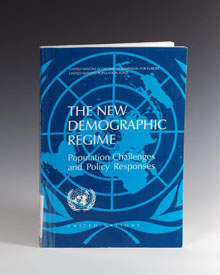Population Arithmetick

China’s ‘one-child-per-couple’ rule, introduced in 1978, is one of the most contested policies to restrict population growth. This 1986 poster exhorts women to use birth control. IISH Stefan R. Landsberger Collection.
Writers and lobbyists created the objects we know as populations. A country’s strength has always been closely identified with the number and fitness of its people. Yet only in the 1650s did William Petty begin to measure the number of subjects of the sovereign systematically. It was another century before ‘population’ started to mean a natural phenomenon that invited management by government. In the 1800s pressure groups used the new tools of statistics—surveys and reports, charts, tables and diagrams—to campaign against national degeneration. Missionary pamphlets made improving the quantity and quality of native peoples in European colonies a moral duty. Although Nazi policies of extermination discredited eugenics after World War II, international congresses and reports turned ‘population control’ into a major global campaign. Some developing nations implemented controversial programmes of compulsory sterilization and family limitation. But with calls for urgent action to reduce human-made climate change, population control is gaining legitimacy again.
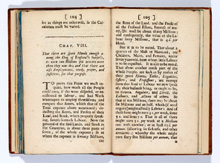
In the posthumously published Population Arithmetick (1690), William Petty urged the importance of estimating the size of populations as an instrument of political economy in the hands of government. Hib.8.690.4, pp. 104–105
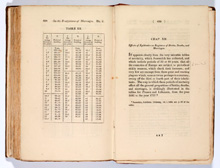
This annotated copy of Thomas Malthus’s An Essay on the Principle of Population (1826 edition) was owned by Charles Darwin, who was impressed by Malthus’s ideas about how the environment constrains populations. DAR. LIB, pp. 498–499
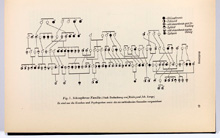
Gesetz zur Verhütung…(1934) is an elaborate interpretive commentary on the Nazi ‘Sterilization Law’ by three leading racial hygienists: Ernst Rüdin, Arthur Gütt (both doctors) and the lawyer Falk Ruttke. By the end of the Nazi regime, over 200 ‘Genetic Health Courts’ had mandated the forced sterilization of over 400,000 people. CCA.26:3.5, p. 41
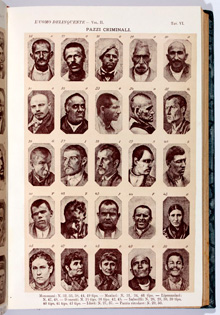
Cesare Lombroso, an Italian physician, was the first to envisage criminal anthropology as a scientific discipline. In the fourth edition of his textbook L’Uomo Delinquente ... (1889), he used a montage of photographs to attempt to prove that the ‘born criminal’ could be anatomically identified by degenerative features. 8000.c.97, table 6
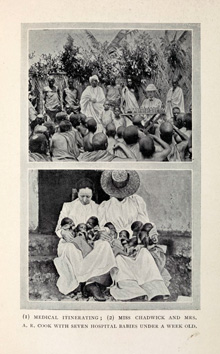
Albert Ruskin Cook’s missionary journal A Doctor and his Dog in Uganda (1903), argued that improving maternal health was vital to Britain’s role as an imperial power as well as a moral duty. RCS.A.45.12, plate opposite p. 148






